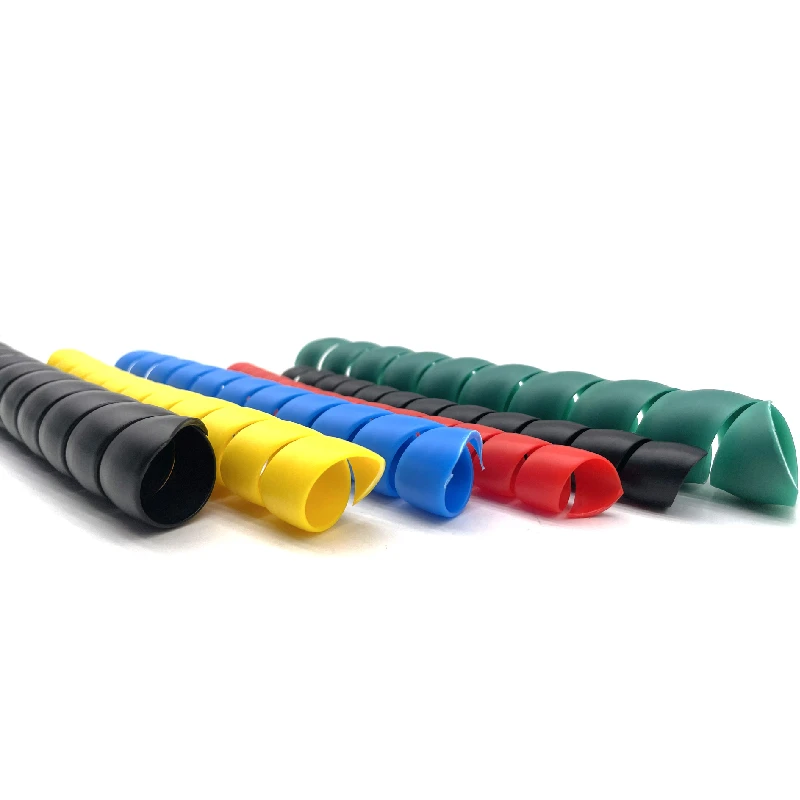how to install a power steering hose
How to Install a Power Steering Hose
Power steering is an essential system in modern vehicles, enabling easier steering by reducing the effort required to turn the wheel. One crucial component of this system is the power steering hose, which carries the power steering fluid to and from the power steering pump and the steering gear. Over time, these hoses can become worn, cracked, or damaged, leading to leaks and a loss of power steering functionality. Installing a new power steering hose can be a straightforward DIY project if you follow the right steps. Here's a guide on how to install a power steering hose in your vehicle.
Tools and Materials Needed
Before beginning the installation, gather the necessary tools and materials
- New power steering hose - Socket and ratchet set - Wrench set - Power steering fluid - Pliers - Rags - Safety glasses - Bucket (to catch fluid)
Step-by-Step Installation Process
1. Safety First
Begin by ensuring that your vehicle is parked on a flat surface with the engine off and cool. Engage the parking brake and wear safety goggles to protect your eyes from potential fluid sprays or debris.
2. Locate the Power Steering Hose
Open the hood and locate the power steering reservoir. Follow the hoses connected to it; you'll find the high-pressure hose and the return hose. Identification of these hoses is crucial, as you’ll need to replace the correct one. Refer to your vehicle’s service manual for specific details about their locations.
3. Drain the Power Steering Fluid
Before removing the hose, you must drain the power steering fluid to prevent spills. Place a bucket underneath the power steering pump and loosen the reservoir cap. Then, disconnect the return hose from the reservoir to allow the fluid to drain into the bucket. Make sure you catch as much fluid as possible to avoid a mess.
4. Remove the Old Hose
Using a wrench, loosen the fittings on both ends of the power steering hose you wish to replace. Be cautious, as some fluid may still be in the hose. Once both ends are disconnected, carefully remove the old hose from its mounting brackets or clamps.
how to install a power steering hose

5. Compare and Prepare the New Hose
Before installation, compare the old hose with the new one to ensure that they are of identical length and diameter. This step is critical to prevent any incompatibility issues. If everything checks out, you can proceed to install the new hose.
6. Install the New Hose
Begin by attaching the new hose to the power steering pump. Hand-tighten the fitting first, and then use a wrench to secure it further, being careful not to overtighten and risk damaging the fitting. Next, connect the other end of the hose to the steering gear or the steering rack, again hand-tightening first before securing with a wrench.
7. Reconnect the Return Hose
Reattach the return hose to the power steering reservoir, ensuring that it fits snugly. Tighten the clamps if necessary to prevent leaks.
8. Refill with Power Steering Fluid
With the hose installed, it's time to refill the power steering system with fluid. Pour the appropriate power steering fluid into the reservoir, checking your vehicle’s manual for the recommended type. Fill it to the proper level.
9. Bleed the System
After refilling, you need to bleed the power steering system to remove any air that may have entered during the installation. Start the engine and turn the steering wheel from lock to lock several times while the vehicle is stationary. This helps to circulate the fluid and push out any air bubbles. Keep an eye on the fluid level; you may need to add more fluid.
10. Check for Leaks and Test Drive
Finally, inspect all connections for leaks. Start the engine and let it run for a few minutes while checking for any signs of power steering fluid leaking. If everything looks good, take the vehicle for a test drive, paying attention to the steering feel and performance.
Conclusion
Installing a power steering hose may seem daunting, but with the right tools and a bit of patience, it’s an achievable task. Regular maintenance of your power steering system will help ensure your vehicle’s steering remains responsive and safe on the road. If you encounter any issues or feel uncertain at any step, consult a professional mechanic for assistance.
-
Ultimate Spiral Protection for Hoses & CablesNewsJun.26,2025
-
The Ultimate Quick-Connect Solutions for Every NeedNewsJun.26,2025
-
SAE J1401 Brake Hose: Reliable Choice for Safe BrakingNewsJun.26,2025
-
Reliable J2064 A/C Hoses for Real-World Cooling NeedsNewsJun.26,2025
-
Heavy-Duty Sewer Jetting Hoses Built to LastNewsJun.26,2025
-
Fix Power Steering Tube Leaks Fast – Durable & Affordable SolutionNewsJun.26,2025

